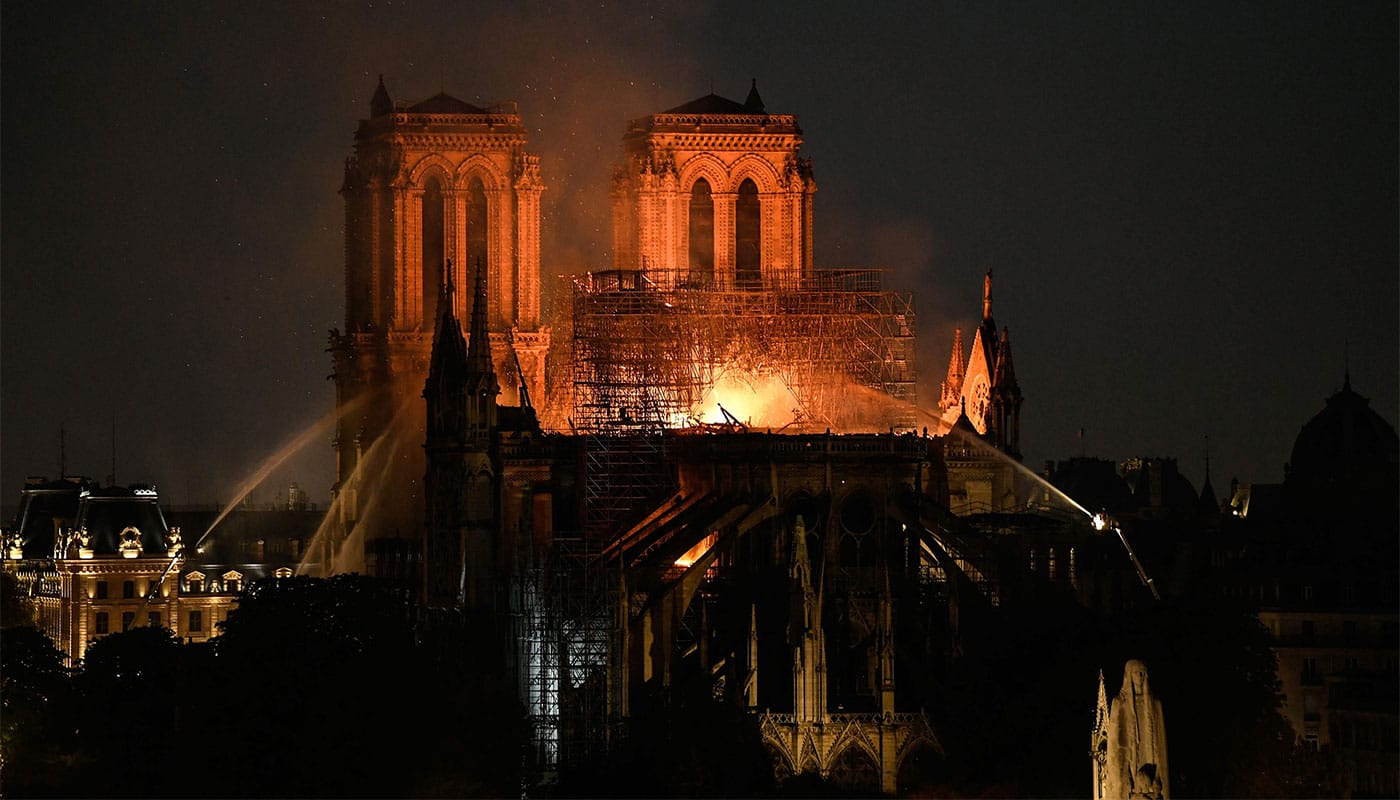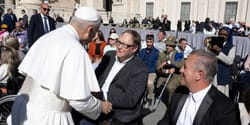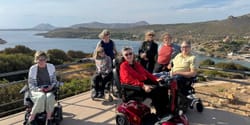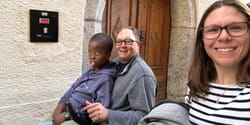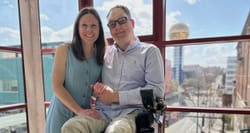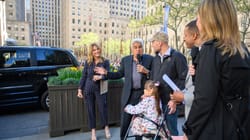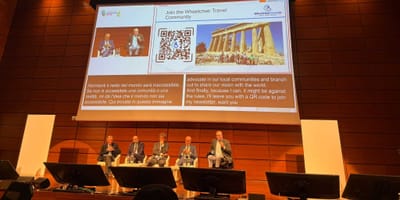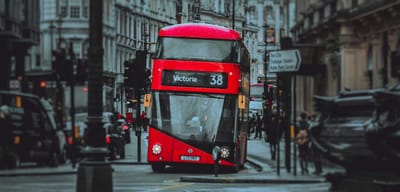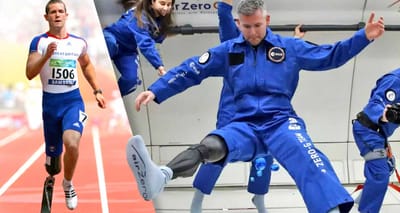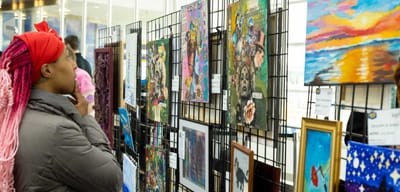When news of the fire at Notre-Dame Cathedral in Paris, France reached my Twitter feed yesterday, I was struck with immense sadness. Apart from St. Peter’s Basilica in Rome and the parish where I was baptized, confirmed and received my first Holy Communion, there isn’t a Catholic church I love more. And that love comes not from Notre-Dame’s beauty or touristic appeal, but because of its accessibility.
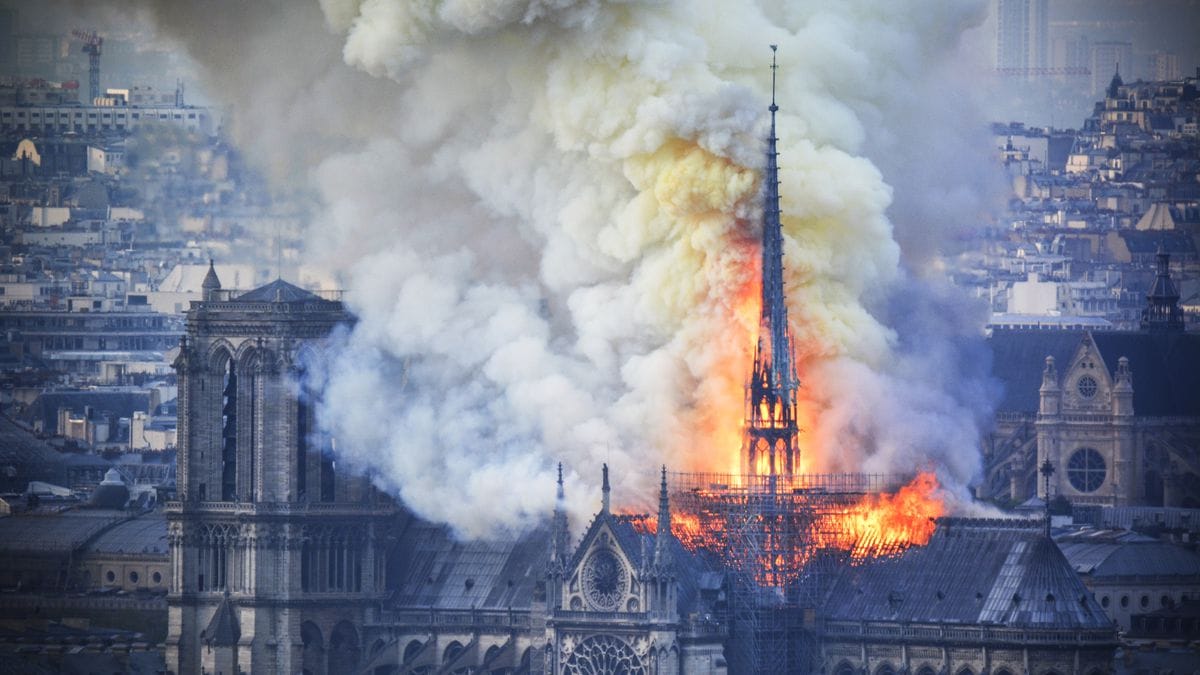
As a graduate student in history at Florida State University, I made the decision to become a Roman Catholic through the RCIA program. At the time, I was an able-bodied 20-something in the midst of what was, at first, an intellectual conversion rooted in an appreciation of church history and the writings of the early church fathers.
Having embarked on my journey toward the sacraments, my love for the Church and for Jesus grew immeasurably. I spent hours in prayer before the Eucharist in adoration (the site of my spiritual conversion), in worship at the 5:15 p.m. daily mass and in thoughtful conversations about theology with other students, religious brothers and ordained clergy.
About one year later, on the great occasion of the Easter Vigil, I became a member of the Roman Catholic Church. As an eager and newly-minted Catholic, I received the sacraments as much and as often as I could. After my car accident not long thereafter, I joked with friends that I must have been eager to receive the anointing of the sick (which I did receive, numerous times).
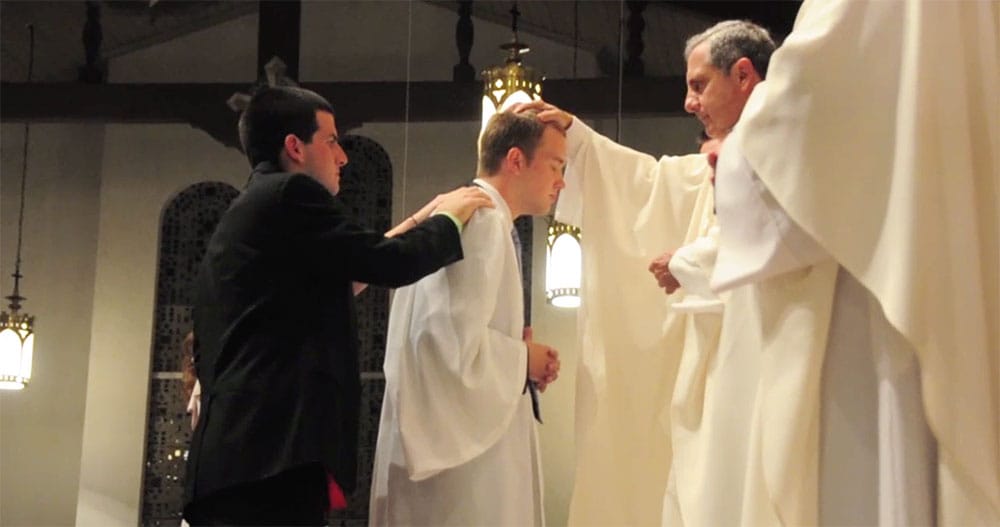
After more than a year in bed, nearly 40 surgeries, three amputations and a very real struggle with feelings of despair, I took a trip. One trip turned into two, and three and four. In the midst of my travels, I have visited (or attempted to visit) hundreds of Catholic churches around the world.
Traveling as often as I do with a wheelchair, it did not take long for me to recognize the world’s inaccessibility. A lack of access to buildings, businesses, transportation and attractions is typical, rather than exceptional. But I naively assumed that the Church, which had once been so welcoming to me as an outsider, would be open and accessible to people with disabilities.
Throughout its history, the Catholic Church has endured periods of instability, uncertainty and scandal. But inaccessibility may be its longest-running deficit — one that has only become apparent over the past century, as societies have grown more inclusive.
I have visited houses of worship from many faith traditions, each with their own accessibility challenges. For the purposes of this article, I will consider only the accessibility of Catholic parishes. Here are a few (physical) accessibility barriers I’ve noticed and frequently encountered, bulleted for readability:
- The church may lack an accessible or barrier-free entrance; information to describe the accessible entrance location is not posted.
- There is no designated space for wheelchair users, or the designated space is in an undesirable location.
- Volunteers and staff are ill-informed on parish accessibility and of little help to visitors with disabilities.
- The parish lacks a clear procedure for administering Holy Communion to people with disabilities.
- The bathroom is not accessible to wheelchair users, with adequate space, grab bars, etc.
- The altar is not accessible to would-be altar servers, lectors or clergy who use wheelchairs.
- Confessionals are not readily accessible to wheelchair users or parishioners with limited mobility.
As you know, I believe in receiving the sacraments as often as I can. And when travel gets in the way of my religious practices of prayer, fasting and worship (as it often does), I feel called to confession, where the Lord’s pardon and peace await. Regrettably, it is there that I find the Church most inaccessible to me as a wheelchair user.
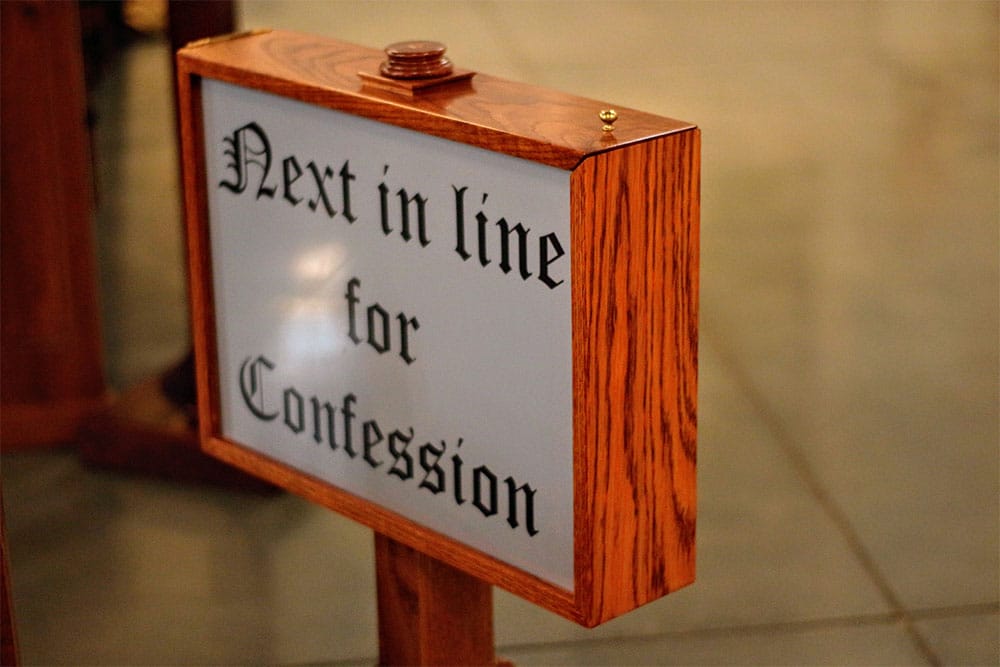
Apart from buildings without a wheelchair accessible entrance, I am able to overcome most of the accessibility barriers in a church. No accessible bathroom? I am forced to hold it on airplanes all the time. Bad seat? It only matters that I am present. Priest forgets to bring me the Eucharist? The Lord has granted me the ability to wave my arms awkwardly and exclaim, “Father!”
But I cannot walk to fit through the narrow door, kneel at the screen of the confessional or roll up closely to it with my wheelchair. Often, when it is my turn in line, the priest will come out and administer the sacrament right there, within view (and earshot) of everyone else. This causes me to seize up, whisper and become forgetful of the confession for which I had prepared. The sacrament is valid, of course, but I still leave feeling as though my confession should bear an asterisk.
This brings me back to The Cathedral of Notre-Dame, which was badly damaged and nearly destroyed yesterday. In a Facebook post shared with friends, I wrote, “The sadness, for me, is that Notre-Dame was the only Roman Catholic church I’ve found with an accessible confessional in use every day. It is the only church where I didn’t have to request an accommodation in order to receive the sacraments.”
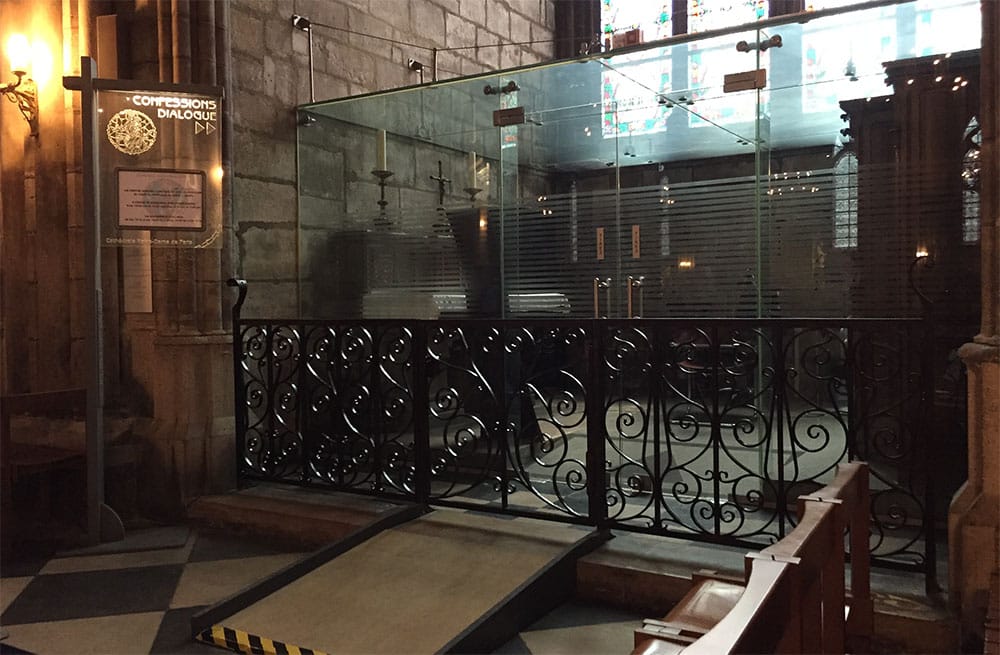
This is not to say that Notre-Dame was a model for church accessibility. But it stood out to me as a place where I could go to independently access the Lord’s grace, like nowhere else in the world. And for a person like me with a disability, independence is everything. It is the bedrock of dignity.
In planning for the future of Notre-Dame, it would be a tragedy not to seize the opportunity which God has granted, to rebuild His house in a way that is welcoming to all. And not only for wheelchair users, but also for parishioners with blindness, deafness, intellectual, sensory and other disabilities.
My recommendations are too many in number to list here, but I encourage the Archbishop of Paris, the rector of Notre-Dame and the parish community to include Parisians with disabilities in planning for the future of a cathedral that belongs to us all.
I leave you with these words from Dan Schutte’s hymn, City of God, which is one of my favorites and speaks to the joy we will know on Sunday.
Awake from your slumber! Arise from your sleep!
A new day is dawning for all those who weep.
The people in darkness have seen a great light.
The Lord of our longing has conquered the night.
Let us build the city of God.
May our tears be turned into dancing!
For the Lord, our light and our love,
has turned the night into day!
The city of God will be accessible. Let’s work now to #MakeCatholicismAccessible.
Featured image courtesy Bertrand GUAY / AFP.

